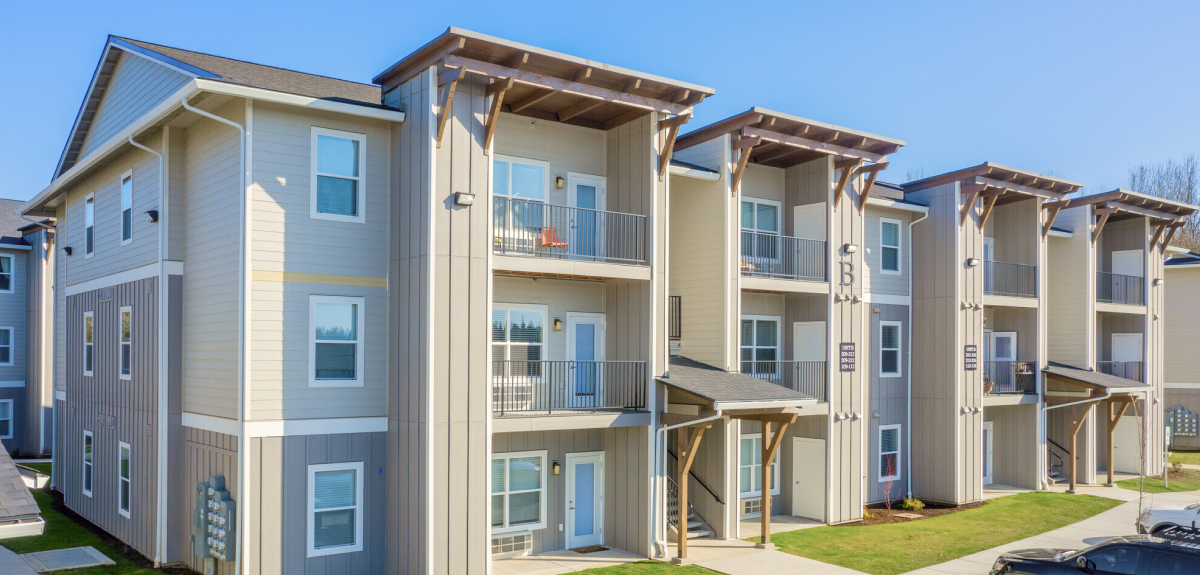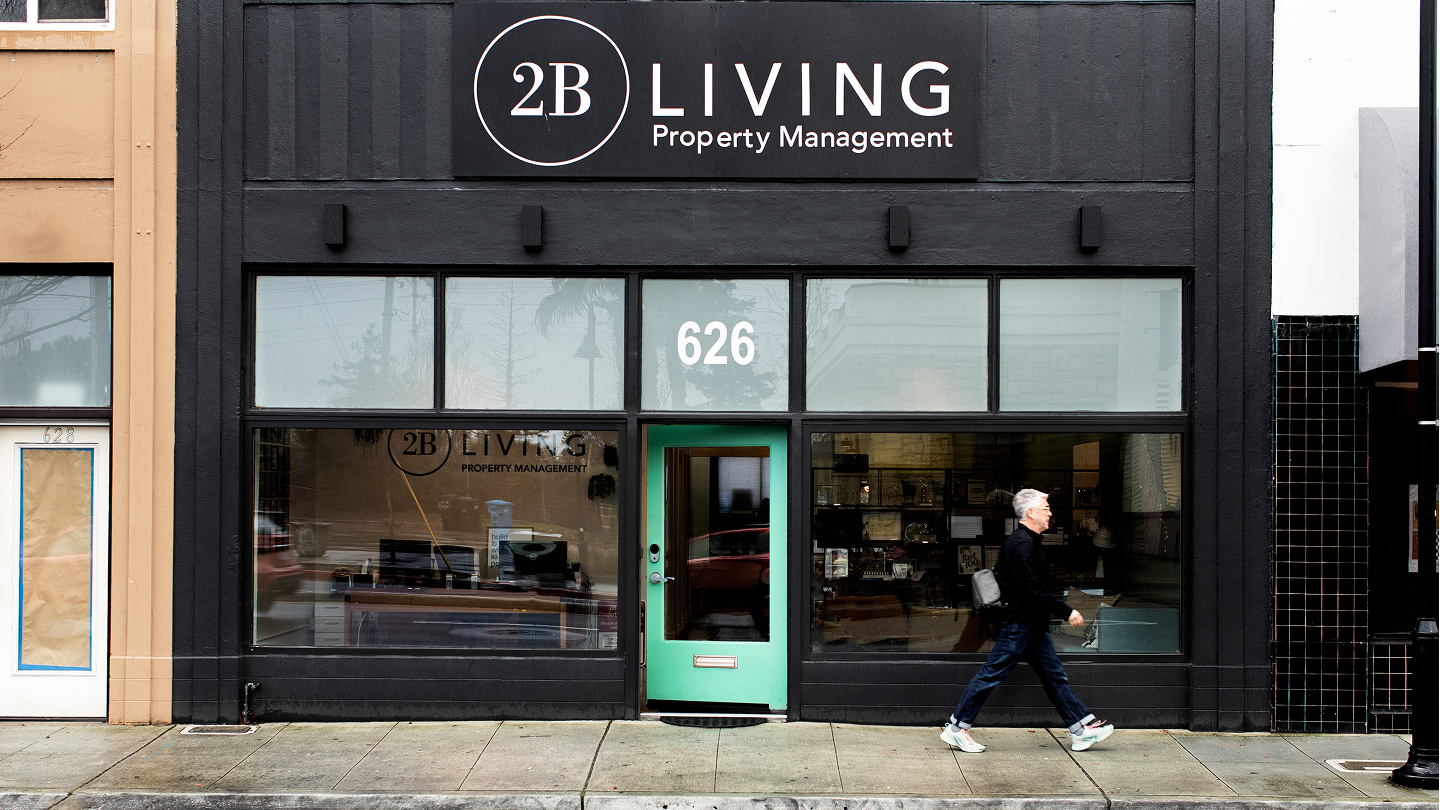Published on February 29th, 2024
By Marc Frenkiel
As universities and colleges continue to attract a growing number of students, the demand for living spaces has surged. For property managers, this offers a steady stream of potential renters, portfolio diversification, and the chance to capitalize on a market that tends to be less sensitive to economic fluctuations than traditional residential housing. Here’s what you need to know about the student housing market and how the right technology can streamline management for not just your student properties but for your entire portfolio.
The Student Housing Market
Universities shape their local economies, and local housing markets are no exception. This is particularly true among Tier 1 institutions and those in the Power Five sports conferences. These universities are experiencing booming enrollments. This growth, however, is not matched by a corresponding increase in on-campus housing, leading to a significant housing shortage and presenting opportunities for property managers and developers of purpose-built student housing and conventional rental properties.
Let’s use the University of Georgia, Athens, as an example. The Georgia Bulldogs are a top 5 college football team. Along with the $550 million or so that the school received in 2022 in R&D grants, UGA is clearly a serious school academically and a desirable school socially and culturally. It’s no wonder there were 43,700 applicants for the class of 2027.
According to research from Mike Blanchette, Principal Product Manager at AppFolio, UGA’s total enrollment is about 40,000 students. There are only 9,500 on-campus beds and about 18,000 purpose-built student housing beds off campus, for a total of about 30,000 students living off campus. Subtract from this number the 18,000 that can get into purpose-built student housing, and there are still almost 12,000 students looking for housing in the non-student housing properties in that market.
The projected five-year student body growth is positive. The school has added about 5,000 students since 2014, with approximately another 1,500 students over the next few years. So, as enrollment continues to increase and on-campus housing remains flat, more and more students will look off campus.
While there’s great demand for student housing in certain markets, managing these assets can be significantly more challenging than conventional housing.
Challenges and Technology
Managing student housing demands attention to detail and the ability to handle large volumes of resident turnover, especially during peak seasons. To address these challenges, property management software has evolved, offering robust tools that cater specifically to the complexities of student housing.
Move-Outs
One of the most significant pain points in student housing management is the move-out process. The sheer number of move-out inspections, security deposit administration, and the coordination of cleaning and repairs at the end of the academic year can be overwhelming.
However, with the right property management software, these tasks can be systematized and streamlined.
Advanced property management platforms offer bulk move-out features that allow property managers to handle multiple move-outs in a cohesive and organized manner. By utilizing a centralized system, managers can track the progress of various move-out-related tasks, efficiently schedule inspections, and accurately manage security deposit returns. This not only reduces the administrative burden but also enhances the accuracy and speed of the entire process.
Renewals and Lease Management
Following the hectic move-out season, student housing managers must quickly pivot to lease renewals. The old method of handling individual lease renewals is cumbersome and time-consuming, often leading to errors and inefficiencies.
The introduction of bulk lease renewals in property management software is a game-changer. It allows for the mass processing of lease renewals, saving valuable time and reducing the likelihood of mistakes. Additionally, being able to see all your lease renewals in a single view while zeroing in on individual residents and working on single workflows within the larger renewal flow significantly streamlines an otherwise scattered process. Not only does this improve operations and save your team time, but it also streamlines communication with residents to secure housing for the upcoming term.
If you have student housing in your portfolio, the benefits that these tools can bring are significant:
- Save time: reduce manual, repetitive data entry, and shave days off your primary operational workflows
- Increase accuracy: avoid costly re-work and missed opportunities to drive occupancy and renewal rates
- Reduce employee burnout: reduce repetitive workflows that can lead to employee turnover and increased costs associated with training and onboarding
- Provide excellent service: provide timely updates to your residents and free up your employees to focus on customer service
If you’re operating conventional multifamily properties in university markets, you likely already serve some of the students living in the market. But are you optimizing for this type of resident? Many challenges related to student housing property management also apply to conventional multifamily property management and mixed portfolios.
Download our free guide below for more ways to maximize efficiency for your diverse portfolio.










Comments by Marc Frenkiel